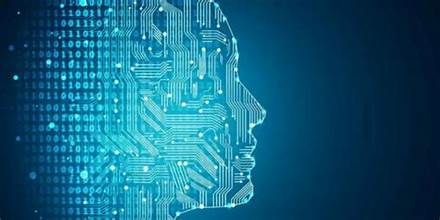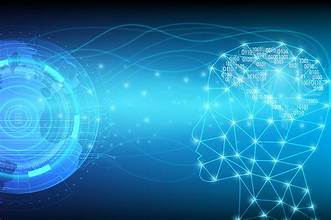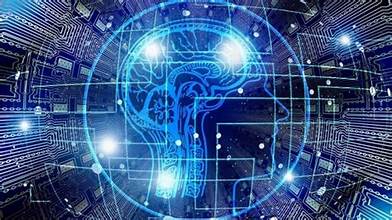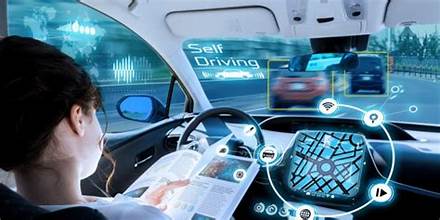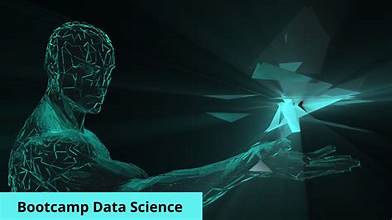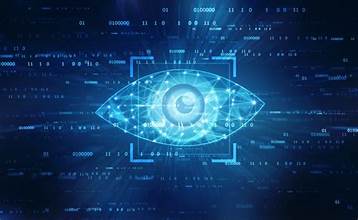
Course content
- Introduction
- Intro to Computer Vision & Deep Learning
- Installation Guide
- Handwriting Recognition
- OpenCV Tutorial – Learn Classic Computer Vision & Face Detection (OPTIONAL)
- Neural Networks Explained
- Convolutional Neural Networks (CNNs) Explained
- Build CNNs in Python using Keras
- What CNNs ‘see’ – Filter Visualizations, Heatmaps and Salience Maps
- Data Augmentation: Cats vs Dogs
- Assessing Model Performance
- Optimizers, Learning Rates & Callbacks with Fruit Classification
- Batch Normalization & LeNet, AlexNet: Clothing Classifier
- Advanced Image Classiers – ImageNet in Keras (VGG16/19, InceptionV3, ResNet50)
- Transfer Learning: Build a Flower & Monkey Breed Classifier
- Design Your Own CNN – LittleVGG: A Simpsons Classifier
- Advanced Activation Functions & Initializations
- Facial Applications – Emotion, Age & Gender Recognition
- Medical Imaging – Image Segmentation with U-Net
- Principles of Object Detection
- TensorFlow Object Detection API
- Object Detection with YOLO & Darkflow: Build a London Underground Sign Detector
- DeepDream & Neural Style Transfers: Make A1 Generated Art
- Generative Adversarial Networks (GANs): Simulate Aging Faces
- Face Recognition with VGGFace
- The Computer Vision World
- BONUS – Build a Credit Card Number Reader
- BONUS – Use Cloud GPUs on PaperSpace
- BONUS – Create a Computer Vision API & Web App Using Flask and AWS
